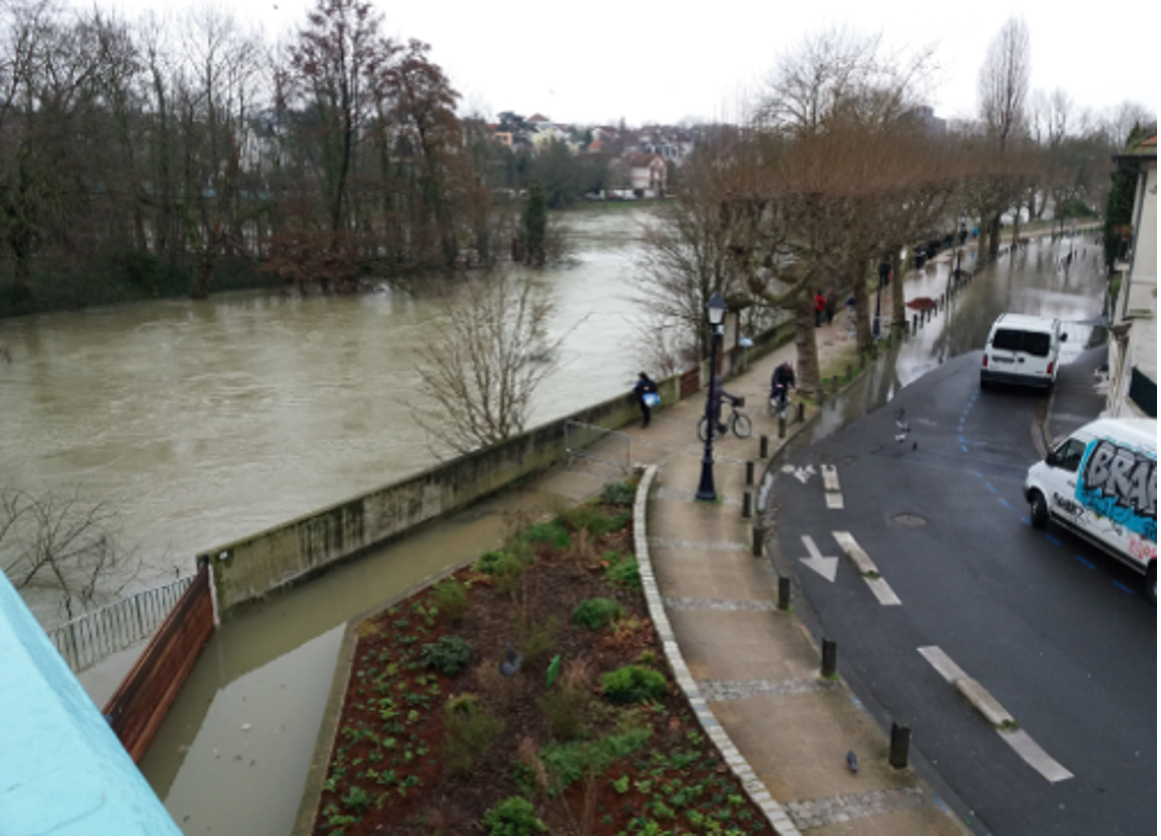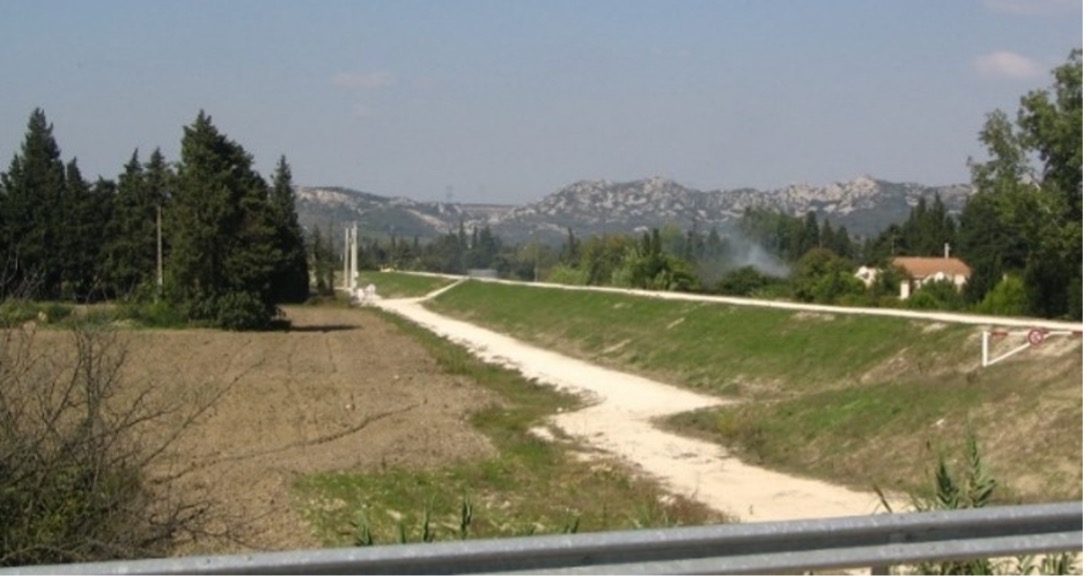DIBIM
Collaborative BIM-based management of dykes and urban infrastructures to enhance flood protection and climate resilience.


Climate change is altering waterways, rivers and streams, causing flooding. Interconnected urban infrastructures are essential for maintaining the vital functions of a society. The contraction of local authority budgets, the issues of risk management and aging are all major challenges. Each infrastructure is currently managed independently with little consideration of physical or functional interactions. The implementation of collaborative management strategies largely depends on the ability to deal with these interconnections, in physical and informational terms.
- What is the cultural heritage that you aim to protect with this project, and what do you think the impact will be?
In this context, the DIBIM project proposes a collaborative approach for the management of dykes interconnected with urban infrastructures (roads, water and sewer network) and vegetation with respect to technical and economic risks via the structuring, the centralization and the sharing of data in BIM (Building Information Modelling) between managers.
- What is the specific problem that you are solving with climate adaptation ?
More efficient management of flood protection infrastructure will protect residents, buildings, and flora and fauna.
- Describe the project and how it will work, with the outputs.
The proposed approach consists of formalizing the technical and economic indicators for monitoring and diagnosing dykes according to a systemic approach (WP1); to propose an efficient collaborative exchange process by collecting the needs of managers and analyzing current processes (WP2) and to structure the data, resulting from WP1&2, for their graphic modeling, their centralization and their sharing in order to plan and manage maintenance work costs (WP3). The collaborative approach, the purpose of this project, will also be a transversal work axis for the WPs. The project team brings together skills in technical and economic infrastructure expertise, systemic analysis, performance evaluation, governance and analysis of practices, collection of needs, cost management and structuring, modeling and data management. It relies on four local authorities and a professional association for the collection of needs and the experimentation of the proposed approach.
Aurélie Talon
Lecturer and researcher in the field of construction. Assigned to Polytech Clermont, France, for teaching and the Institut Pascal for research. My research interests include risk analysis, construction operations and maintenance management, uncertainty management, and the collaborative BIM (Building Information Modeling) approach for structuring, storing, and sharing relevant information.


©2025 CNR, All Rights Reserved.
